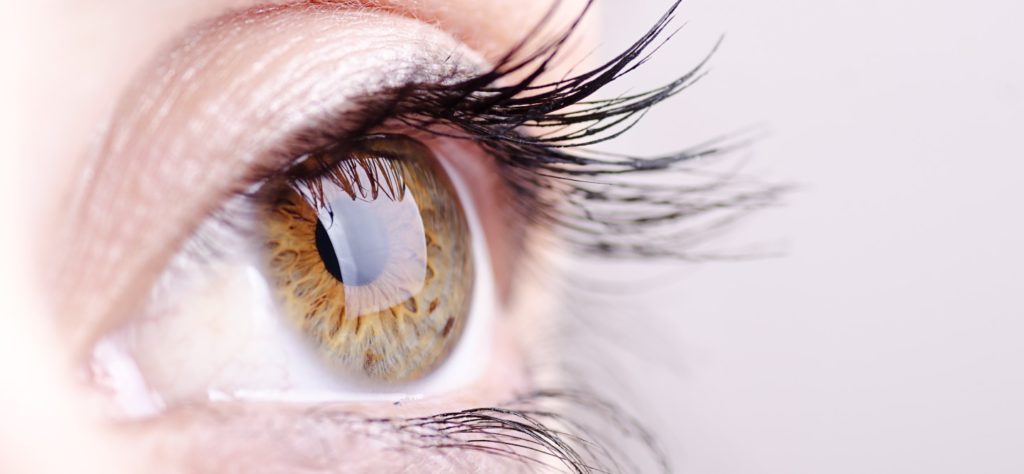Got Dry Eye? There’s a New Treatment for That
The Lipiflow treatment helps to treat dry eye syndrome caused by MGD. By combining a gentle massage and heat, directly treats the meibomian glands to improve gland secretions.
This treatment is considered convenient for many people, as it reduces the need for daily eye drops. The entire procedure is safe and comfortable, it is performed in our office and takes about 12 minutes. It relieves discomfort from Meibomian gland dysfunction, which causes the majority of dry eye cases. Learn how the LipiFlow® Thermal Pulsation System can help address it—in the blink of an eye.

1. First, your eye doctor will use the LipiScan imaging device to examine your Meibomian glands. This will help your doctor make a diagnosis, which may involve additional testing.
2. If it’s determined that you do have MGD, you can proceed with receiving the 12-minute LipiFlowtreatment.Before it begins, your doctor will use numbing drops (the same ones routinely used at yearly eye exams) to help ease any potential discomfort from the procedure.
3. Next, the system’s activators—dome-shaped, single-use sterile devices—are placed on your eyes. Their vaulted shape keeps your corneas protected during the treatment, which focuses on the inner eyelids, where the Meibomian glands are located.
4. Using what’s called Vector Thermal Pulsation technology, the activators send heat into the glands inside your lids. This combination of heat plus pressure massages any blockages and liquefies and clears the obstructions that are causing your symptoms.
Meibomian gland dysfunction (MGD)
Although you may never have heard of this disorder, it’s actually quite common: More than 20 million Americans have dry eyes. And according to one 2012 study published in the journal Cornea, 86% of study participants with dry eye also had symptoms of MGD.
The science of blinking is downright fascinating: Every time we do so, we activate the muscles around our Meibomian glands, squeezing each one and causing the functional glands to secrete a droplet into the tear film.

